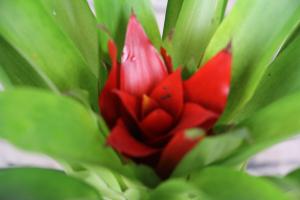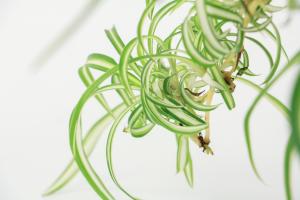Introduction
Florida is a great place for growing olive trees due to its subtropical climate. However, not all areas of Florida are equally suitable for growing thriving olive trees. Before planting an olive tree in Florida, you need to consider several factors such as soil type, temperature, rainfall, and frost.
Soil type
The first thing you need to consider before planting an olive tree in Florida is the soil type. Olive trees grow best in well-drained soil with a pH range of 6.0 to 8.5. The ideal soil should be rich in organic matter and should not have a high clay content. Sandy and loamy soils are considered best for growing olive trees. If you have soil with a high clay content, you can amend it with compost or sand to improve the drainage and aeration.
Temperature
The second factor you need to consider before planting an olive tree in Florida is the temperature. Olive trees need a minimum temperature of 20°F (-7°C) to survive. However, they do not tolerate extreme heat or cold. In Florida, the temperature can vary from the 40s°F (4-9°C) in the North to the 70s°F (21-26°C) in the South. To ensure the best growth of olive trees, you should choose a location with a temperature range that is favorable for olive trees.
Rainfall
The third thing you need to consider before planting an olive tree in Florida is the rainfall. Olive trees prefer a dry and arid climate. Although they can tolerate some rainfall, excessive watering can cause root rot and other diseases. In Florida, the average annual rainfall varies from 50 inches (127 cm) in the North to 65 inches (165 cm) in the South. To grow a thriving olive tree, you should choose a location with moderate rainfall and good drainage.
Frost
The fourth and final thing you need to consider before planting an olive tree in Florida is frost. Olive trees are sensitive to frost and can be damaged or killed by frost. In Florida, frost can occur in the northern and central parts of the state. To minimize the risk of frost damage, you should choose a location with good air circulation and avoid planting in low-lying areas.
Where to plant olive tree in Florida
Based on the above factors, the best places to plant olive trees in Florida are the southern and western parts of the state. These areas have a subtropical climate with moderate temperatures and good drainage. The soil in these areas is sandy and loamy, which is ideal for olive trees. Additionally, these areas have low rainfall, which prevents root rot and other diseases. However, you should avoid planting olive trees in low-lying areas or areas prone to frost damage.
Conclusion
Olive trees are a great addition to any garden in Florida. However, before planting an olive tree, you need to consider several factors such as soil type, temperature, rainfall, and frost. The best places to plant olive trees in Florida are the southern and western parts of the state. These areas have a subtropical climate with moderate temperatures and good drainage. By choosing the right location, you can ensure the best growth and yield of your olive tree.

 how many times do yo...
how many times do yo... how many planted tre...
how many planted tre... how many pine trees ...
how many pine trees ... how many pecan trees...
how many pecan trees... how many plants comp...
how many plants comp... how many plants can ...
how many plants can ... how many plants and ...
how many plants and ... how many pepper plan...
how many pepper plan...
































